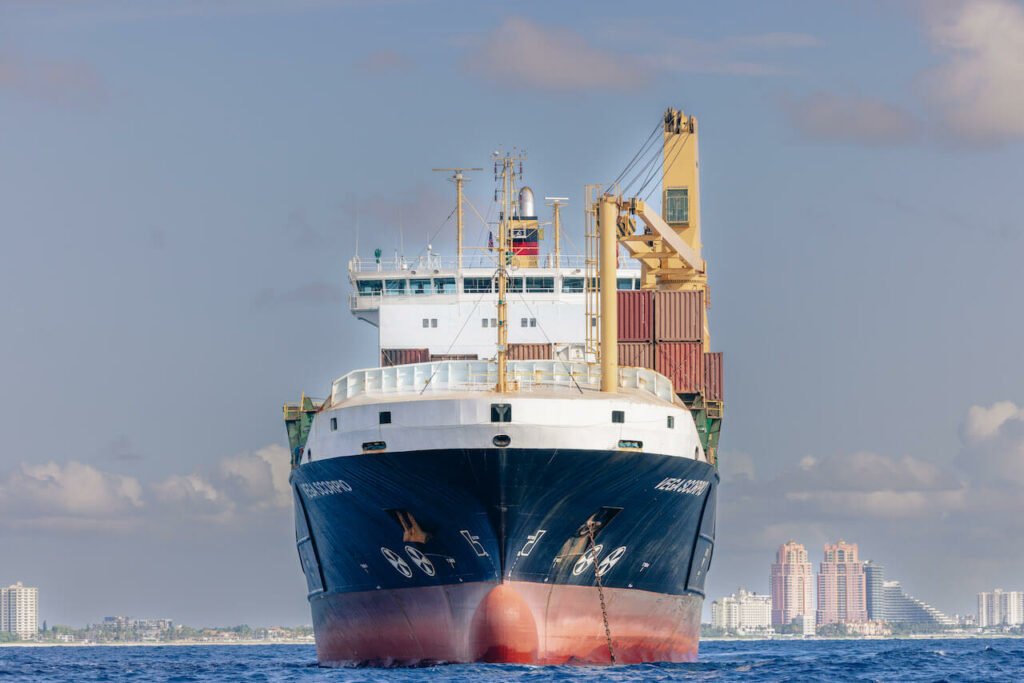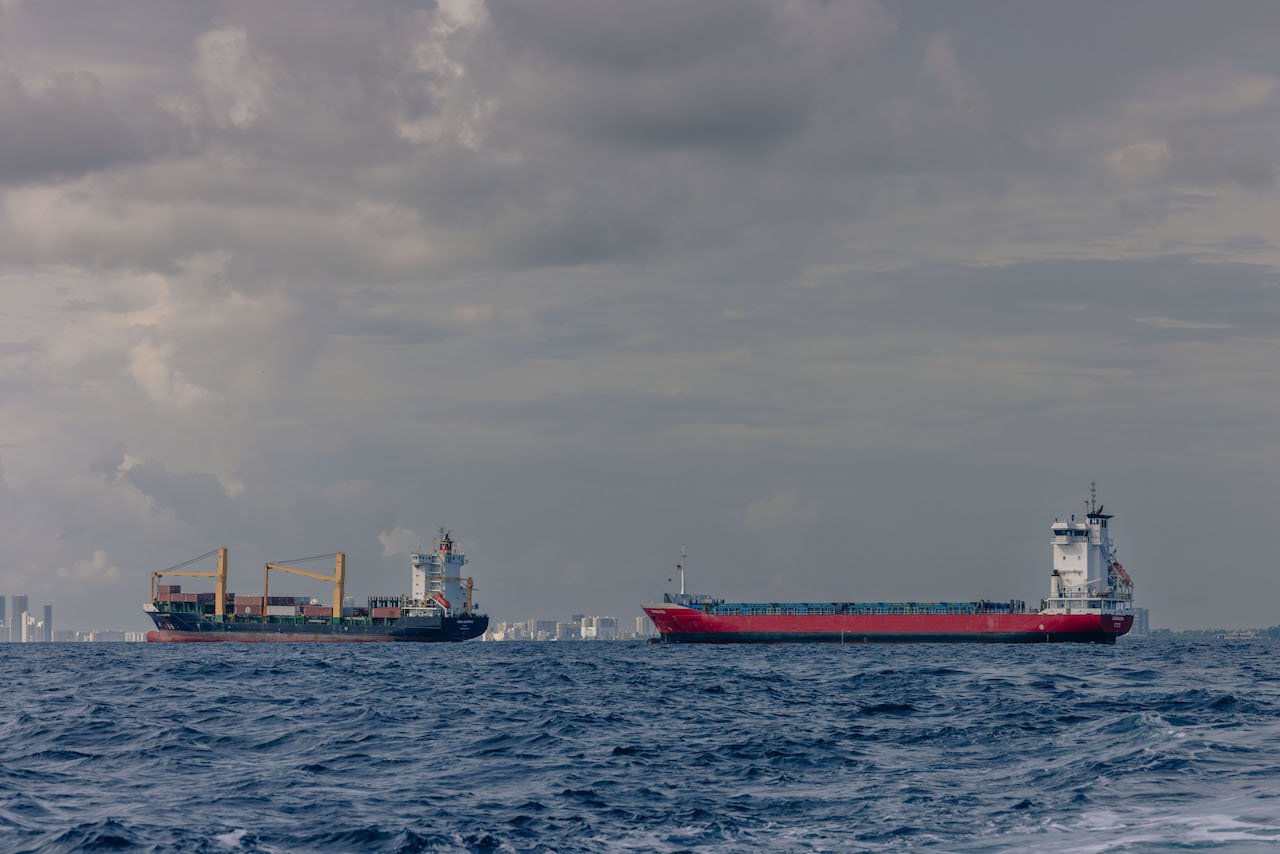
BOUNDARY LAYER TESTING LABORATORY
VERIFIABLE RESULTS
ShipGlide ALS Testing Regime
The ShipGlide testing lab offers the following benefits to our ShipGlide ALS testing regime:
Default design to replicate boundary layer of 300m ship cruising at 16-18 kts
Customizable to fit specific solutions
Optimize ALS delivery in dynamically similar flow fields
Capable of producing flows in the transitional and fully rough regime
Same frictional Reynolds number as a ship, i.e. minimal to no scaling effects
Windows for test viewing and displays for real-time results
Accurately measure changes in frictional resistance from energy saving device or coating damage
VERIFIABLE DESIGN
Boundary Layer Testing (BLT) Laboratory
ShipGlide has devoted capital and resources to design and build a testing lab dedicated to optimizing performance for our clients.
The air layer phenomenon is not verifiable with traditional ship testing in scale-model tow tanks. With traditional testing, two important factors don’t scale:
Air layer formation and shape which are governed primarily by nonlinear surface tension physics
Turbulence modifying mechanism by which the air affects viscous shearing to reduce drag within the boundary layer
Before the advent of the ShipGlide testing lab, as an owner or operator you were required to make the blind leap of faith from the computer CFD design to actual installation on your vessel. There hasn’t been any way to test empirically or verify the design or the anticipated results. With the development of the ShipGlide testing lab, you as the ship owner can have verifiable design.
Dr. Rahul Dev Raju, PhD, Ocean Engineering
Research Scientist, BLT Lab

Ask us for a tour
ShipGlide’s testing lab enables real-world resistance savings.
Tour our lab and see the true effects of air lubrication.
TESTING LAB BENEFITS
Viscous Drag Considerations
ShipGlide’s ALS offers strategic advantages in reducing Carbon Intensity (CII) and achieving EEXI and EEDI compliance. The system is adaptable to diverse hull forms and provides shipowners with a preliminary Computational Fluid Dynamics (CFD) analysis, offering detailed insights into the system’s impact on energy efficiency and emissions reduction.
By minimizing resistance, the ShipGlide system decreases drag, requiring less energy for propulsion. This substantial drop in fuel consumption directly correlates with lower carbon emissions, aiding vessels in meeting EEXI and EEDI standards. By enhancing energy efficiency, ShipGlide plays a pivotal role in propelling the maritime industry toward a sustainable and environmentally responsible future.
TESTING LAB
Technical Aspects of ShipGlide BLT Lab
The ShipGlide testing lab is designed and built to measure the single-largest contributor to ship resistance: viscous drag created as the water slides past the shell plate of the ship hull.
Generally speaking, the other two parameters are the energy expended in creating a wave pattern and the energy expended in the pressure wave primarily in front of and behind the ship.
THE COMPLETE PICTURE
We Supply World-Class Air Lubrication Solutions (ALS) to Vessels of All Types and Sizes
Computational Fluid Dynamics
ShipGlide conducts CFD analysis for every ship type using cutting-edge CFD software and in-house CFD experts.
Big Data
ShipGlide analyzes ship data to confirm fuel savings achieved through its air lubrication systems.
Boundary Layer Testing Laboratory
ShipGlide has devoted capital and resources to design and build a testing lab dedicated to optimizing performance for our clients.
ALS IP and Patents
Many of our new cutting-edge concepts have been thoroughly tested, validated, and are now under multiple patents.
Installation
Our engineers and project managers have the ability to take a ShipGlide ALS from early concept design to completed installation..
ALS optimization
We have conducted test cases to demonstrate the potential for analyzing the resistance reduction effects of the ShipGlide ALS.




